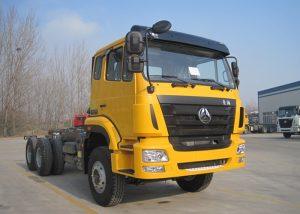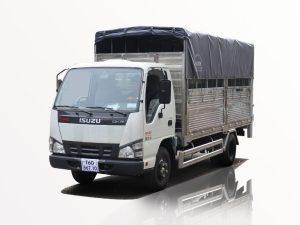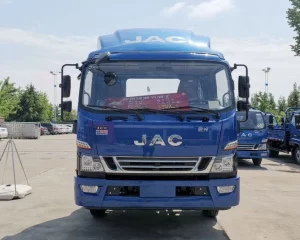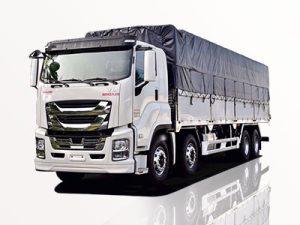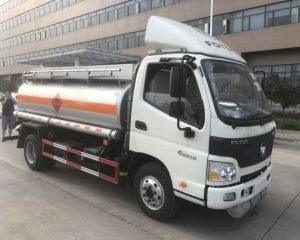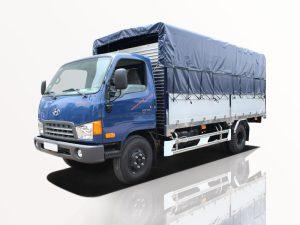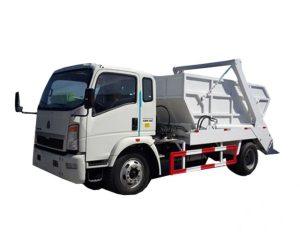Monday to Saturday - 8:00 -17:30
Understanding Rescue Fire Trucks: An In-Depth Guide
Rescue fire trucks play a critical role in emergency response, providing the necessary equipment and personnel to tackle various crises. In this comprehensive article, we will explore the various aspects of rescue fire trucks, their importance, types, equipment, and much more.
What are Rescue Fire Trucks?
Rescue fire trucks, often referred to as “rescue units,” are specialized vehicles designed to provide support during emergency situations. Unlike standard fire trucks that focus primarily on extinguishing fires, rescue units are equipped to handle a range of emergencies, including medical emergencies, vehicle accidents, and hazardous materials incidents.
The Role of Rescue Fire Trucks
The primary role of rescue fire trucks is to ensure the safety and well-being of the public during emergencies. They are equipped with specialized tools and can accommodate trained personnel such as firefighters, EMTs, and paramedics. Their swift response is crucial in minimizing casualties and injuries.
The Importance of Rescue Fire Trucks
Understanding why rescue fire trucks are vital is essential for appreciating their impact on public safety. Here are some key reasons:
1. Quick Response Times
Rescue fire trucks are strategically located within communities to ensure rapid response when emergencies arise. This quick accessibility can mean the difference between life and death in critical situations.
2. Specialized Equipment
These vehicles are equipped with tools and gear specifically designed for emergency scenarios, allowing trained professionals to act efficiently and effectively.
3. Diverse Functionality
From rescuing individuals trapped in vehicles to providing medical assistance, rescue fire trucks are versatile and crucial in various emergencies.
Types of Rescue Fire Trucks
There are several types of rescue fire trucks, each designed for specific emergency situations. Below are the most common types:
1. Light Rescue Trucks
Light rescue trucks are smaller vehicles equipped with essential tools for quick response. They are agile and can navigate difficult terrains.
2. Heavy Rescue Trucks
Heavy rescue trucks provide more extensive equipment and tools necessary for complex rescue operations, such as heavy lifting equipment for extricating victims from wrecks.
3. Advanced Life Support (ALS) Rescue Vehicles
These units come with medical equipment and personnel trained to administer advanced medical care during emergencies, bridging the gap between initial response and hospital treatment.
4. Urban Search and Rescue (USAR) Trucks
USAR trucks are specially designed for large-scale disasters, including earthquake response. They are equipped with resources to conduct extensive search and rescue operations.
Key Equipment Found in Rescue Fire Trucks
Rescue fire trucks are stocked with an array of tools and equipment essential for a variety of emergencies. Below is a table outlining some of the most common equipment.
| Equipment | Description |
|---|---|
| Hydraulic Rescue Tools | Used for extrication during vehicle collisions (e.g., the Jaws of Life). |
| Medical Kits | Contains essential medical supplies for emergencies. |
| Stair Chairs | Facilitates the transport of patients down stairs when elevators are unavailable. |
| Fire Extinguishers | Used for putting out small fires during rescue operations. |
| Search and Rescue Equipment | Including thermal imaging cameras to locate victims. |
Training and Personnel
The effectiveness of rescue fire trucks heavily relies on the training and professionalism of the personnel operating them. Below are some key points regarding training:
1. Firefighter Training
Firefighters undergo rigorous training to tackle various emergencies. This training includes physical fitness, medical training, and the use of specialized rescue equipment.
2. Medical Training
Many firefighters receive certifications as EMTs or paramedics, enabling them to provide both fire and medical services during emergencies.
3. Continuous Education
Rescue teams often participate in continuous education programs to stay updated on the latest techniques and technologies in emergency response.
Real-Life Applications of Rescue Fire Trucks
Understanding the practical applications of rescue fire trucks provides insight into their significance. Below are a few scenarios where these vehicles are essential:
1. Vehicle Accidents
In the event of a collision, rescue fire trucks are dispatched to extricate trapped individuals and provide immediate medical care.
2. Natural Disasters
During natural disasters, such as floods or earthquakes, rescue fire trucks play a critical role in locating and aiding victims trapped in debris or dangerous situations.
3. Hazardous Material Incidents
Incidents involving hazardous materials require rescue teams equipped with specialized tools to manage and contain the danger while ensuring the safety of individuals.
Technology Advancements in Rescue Fire Trucks
As technology evolves, so do rescue fire trucks. Many new features and advancements have been integrated into these vehicles to enhance their operations:
1. GPS Navigation Systems
Modern rescue fire trucks are often equipped with advanced GPS systems that allow for efficient route planning and navigation to emergency sites.
2. Drones for Search and Rescue
Drones can be deployed to surveys large areas quickly, aiding in locating victims more efficiently during extensive rescue operations.
3. Enhanced Communication Systems
Advanced communication systems ensure that rescue teams can communicate effectively with command centers and other emergency service units during operations.
Maintenance of Rescue Fire Trucks
Regular maintenance of rescue fire trucks is essential to ensure their reliability and safety during emergencies. Here are some vital maintenance practices:
1. Routine Inspections
Regular checks of equipment, tools, and the vehicle itself are essential for ensuring functionality.
2. Cleaning and Upkeep
Keeping the truck clean and free of debris helps maintain operational effectiveness and longevity.
3. Training Maintenance Personnel
Investing in training for maintenance personnel ensures that the rescue fire trucks receive high-quality care and servicing.
Frequently Asked Questions (FAQs)
1. What is the primary purpose of a rescue fire truck?
The primary purpose of a rescue fire truck is to provide emergency services, including medical assistance, accident rescue, and support in hazardous situations.
2. How do rescue fire trucks differ from regular fire trucks?
Rescue fire trucks are equipped with specialized tools and personnel for a wider range of emergencies compared to traditional fire trucks that primarily focus on fire suppression.
3. Are rescue fire trucks equipped for medical emergencies?
Yes, many rescue fire trucks are equipped with medical kits and staffed with trained EMTs or paramedics to provide immediate medical care.
4. How often are rescue fire trucks maintained?
Rescue fire trucks should undergo routine inspections and maintenance checks regularly, often on a weekly and monthly basis, to ensure optimal functionality.
5. What types of emergencies do rescue fire trucks respond to?
Rescue fire trucks respond to a variety of emergencies, including vehicle accidents, medical emergencies, natural disasters, and hazardous material incidents.
6. Can rescue fire trucks be equipped with advanced technology?
Yes, many modern rescue fire trucks come equipped with advanced technology, including GPS navigation, drones, and enhanced communication systems, to improve emergency response efforts.


